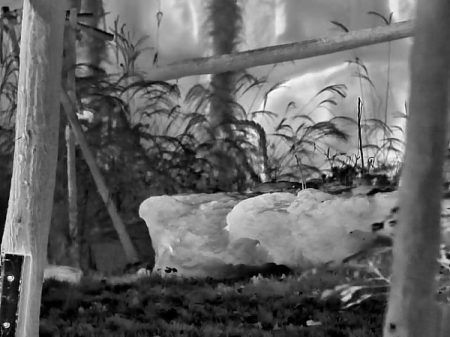Infrared (IR) detection technology has revolutionized industries from aerospace to healthcare, but navigating the differences between SWIR, MWIR, and LWIR detectors can be challenging. In this guide, we’ll break down how these technologies work, their unique advantages, and the best applications for each.
What Are SWIR, MWIR, and LWIR?
IR radiation is categorized by wavelength ranges:
- Short-Wave Infrared (SWIR): 0.9–1.7 μm (sometimes up to 2.5 μm)
- Mid-Wave Infrared (MWIR): 3–5 μm
- Long-Wave Infrared (LWIR): 8–14 μm
Each spectrum interacts differently with materials, making them suited for specific use cases.
SWIR Detectors:
SWIR detectors use indium gallium arsenide (InGaAs) or mercury cadmium telluride (MCT) sensors to capture reflected light, similar to visible imaging but with deeper penetration.
MWIR Detectors:
MWIR sensors detect emitted heat from objects (300–500°C) using cooled MCT or quantum well infrared photodetectors (QWIPs).
Key Advantages:
- Exceptional sensitivity to high-temperature sources
- Minimal atmospheric absorption in the 3–5 μm range
- Ideal for gas detection (e.g., methane leaks)
LWIR Detectors:
LWIR uncooled microbolometers detect long-wave radiation emitted by objects at ambient temperatures (e.g., humans, vehicles).
Key Advantages:
- No external cooling required (cost-effective)
- Works in total darkness and through smoke/fog
- Real-time temperature mapping
SWIR vs. MWIR vs. LWIR: Which Should You Choose?
| Factor | SWIR | MWIR | LWIR |
| Detection Type | Reflected light | Emitted heat (high temp) | Emitted heat (ambient) |
| Cooling | Often uncooled | Requires cooling | Typically uncooled |
| Cost | Moderate–High | High | Low–Moderate |
| Best For | Material analysis | Gas/High-heat sources | Real-time thermal monitoring |












